Perri Cutten: A Timeless Legacy in Fashion
Remembering Perri Cutten: A trailblazing Australian fashion designer whose timeless elegance and...
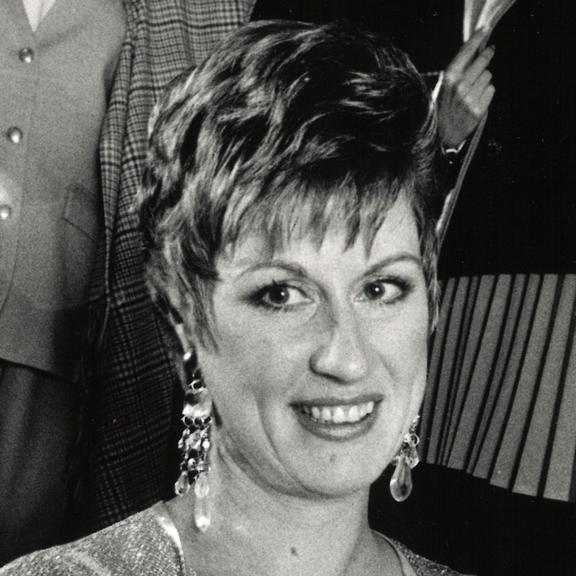
 Search...
Search...
Audrey Hepburn was born on 4th May, 1929 in Brussels, Belgium. A screen legend from the Classical Hollywood era of cinema, she was also a model, dancer and humanitarian. Her natural grace, sweetness and timeless elegance captivated audiences and is why she is considered one of the three greatest female legends in American cinema.

Born Audrey Kathleen Ruston, she was the only daughter to Joseph Ruston and his second wife, Baroness Ella Van Heemstra, a Dutch noblewoman. Audrey's father worked at a British insurance company which meant she would travel between Brussels, England and the Netherlands frequently.
In 1935, Audrey's parents divorced and she went to London with her mother to live and studied at a private girls school in Kent, England from 1935 to 1938 - ages 6 to 9 years.
Believing it was a safe place to hide from the Nazi Army, Audrey's mother moved her family to Arnhem, Netherlands in 1939 where Audrey continued her education in private schools. Audrey studied piano and classical ballet until 1945 while her father, Joseph lived in London. Having never visited his daughter, Hepburn later admitted it was "the most traumatic event of my life".
During the Nazi occupation Audrey fell on hard times, and like most citizens of the time, she suffered with depression and malnutrition. During these difficult years, Audrey distracted herself in the pages of Anne Frank books, drawing and practising languages. When the country was liberated she could speak English, French, Dutch and Italian perfectly as well as some German and Spanish. Hepburn recalls that when the food finally started arriving on the first day, she drank so much condensed milk she made herself sick. These fateful days of her childhood are contributing factors why Hepburn supported UNICEF her entire life.
Eventually being able to return to ballet school in London on a scholarship, Hepburn also began her modelling career. A striking and graceful model, she found what she thought was her calling in life - that was until 1948 when film producers spotted her. They quickly signed her up in a bit part in the European film Dutch in Seven Lessons (1948) and it wasn't long before she moved up to a speaking role in Young Wives' Tale (1951). Not gaining as much momentum as she would have liked, she decided to move to America where she was an instant hit after winning an Oscar for Best Actress in Roman Holiday (1953).
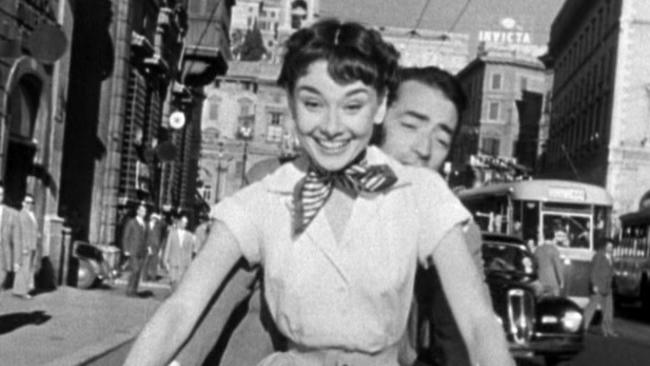
Hepburn married actor Mel Ferrer in 1954 and starred in Sabrina (1954) for which she received an Academy Award nomination. Next came starring roles in Funny Face (1957), Love in the Afternoon (1957) and the Nun's Story (1959) for which she received yet another Academy Award nomination for. During filming in the 1950s, Hepburn also narrated two radio shows for UNICEF, re-telling children's stories of war.
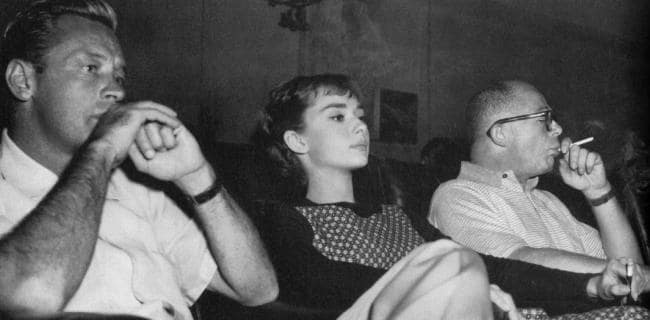
By the 1960s, Hepburn began playing more sophisticated roles, albeit still vulnerable characters, and also gave birth to her first son Sean Hepburn Ferrer on July 17, 1960.
She starred as the mysterious Holly Golightly in Breakfast at Tiffany's (1961), Regina Lampert in Charade (1963) and considered the biggest role of her career, Eliza Doolittle in the famous musical production of My Fair Lady (1964).
Reaching what was to be the pinnacle of her career, Hepburn only appeared in a few more movies following these, most notably Two for the Road (1967) and Wait Until Dark (1967) in which she announced her retirement soon after.
Having divorced Mel Ferrer in 1968, Hepburn went on to marry Dr. Andrea Dotti and focused her time on family, giving birth to her second son, Luca Dotti in Switzerland on February 8, 1970.
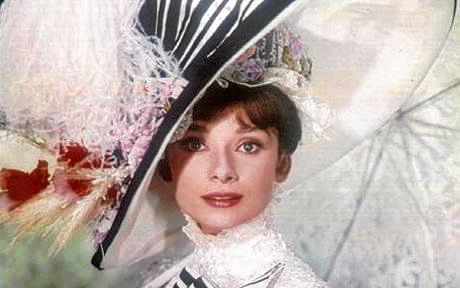
Audrey Hepburn became a goodwill ambassador to the United Nations Children Fund UNICEF in 1988 where she devoted herself to humanitarian work and visited famine stricken Latin American, Asian and African villages.
"A quality education has the power to transform societies in a single generation; provide children with the protection they need from the hazards of poverty, labor exploitation and disease; and give them the knowledge, skills and confidence to reach their full potential." Audrey Hepburn
Audrey Hepburn passed away on January 20, 1993 in Switzerland, from appendicular cancer, she was 63.
Hepburn was awarded the Presidential Medal of Freedom for her work with UNICEF and posthumously awarded the Academy of Motion Picture Arts and Sciences, Jean Hersholt Humanitarian Award for her contribution to humanity. In 2002, UNICEF also honoured Hepburn by unveiling a statue, "The Spirit of Audrey" at their New York headquarters.
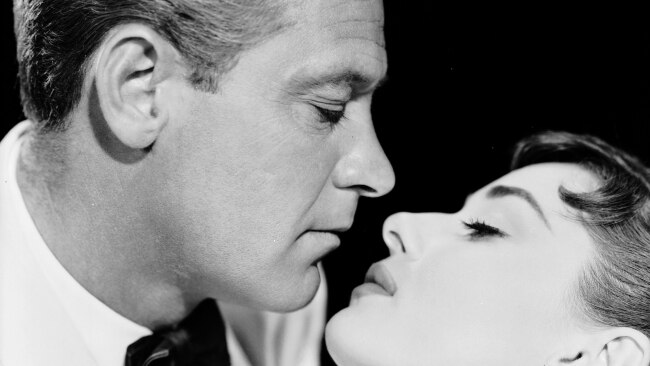
Named one of People magazine's 50 most beautiful people in the world and Empire magazine's The Top 100 Movie Stars of All Time, Audrey Hepburn is one of the very few actors to have won Academy, Grammy, Emmy and Tony Awards.
A fashion icon with a unique look not ever seen before WW2, her short hair, thick eyebrows and slim body presented a look that has been imitated a thousand times over the years. Vogue refers to her look as "the acme of classic beauty".
Never letting fame go to her head, Hepburn's immortal elegance was only enhanced by her wonderful sense of humour seen both on and off set.
Rest in peace, Audrey Hepburn, you were an incredible woman with a kind heart and a radiant charm that will forever be remembered.
"For beautiful eyes, look for the good in others; for beautiful lips, speak only words of kindness; and for poise, walk with the knowledge that you are never alone." Audrey Hepburn
By Kirsten Jakubenko
Sources